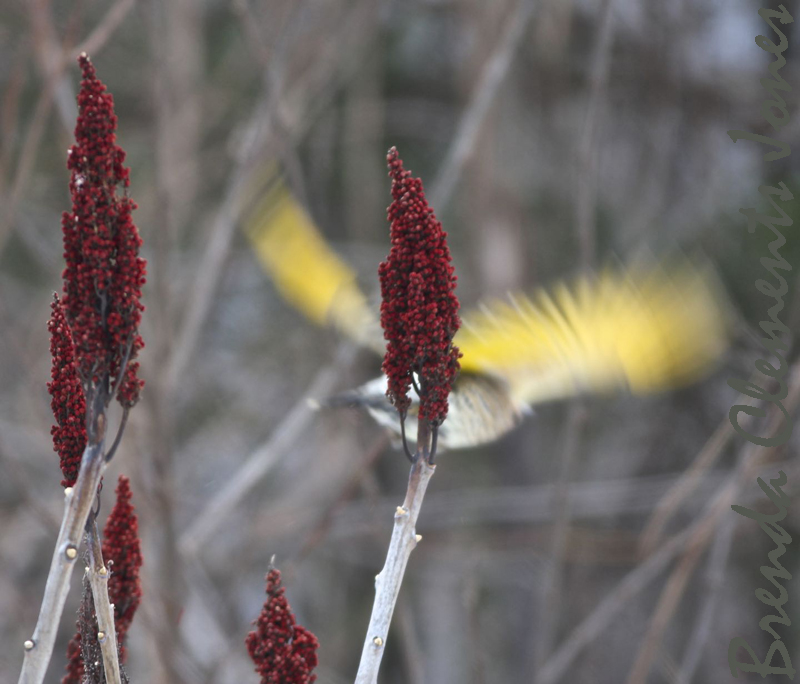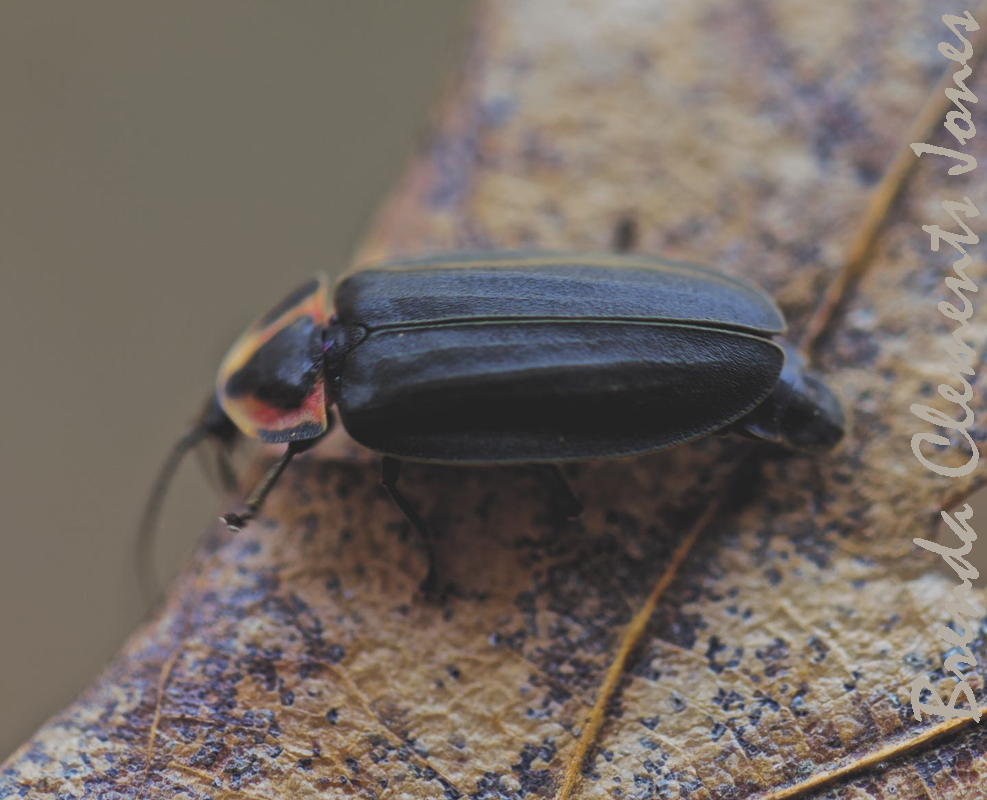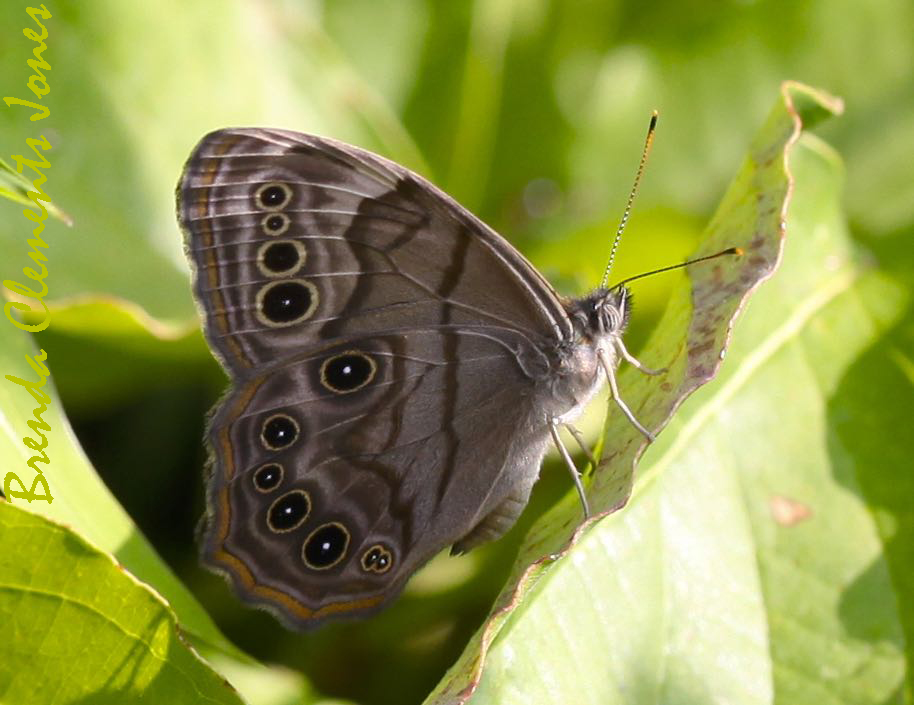-
Northern Flicker

A patch of the native plant, Smooth Sumac, Rhus glabra. A wonderful magnet for birds during the late winter and early spring. Hard to decide which might be my favorite bird, but one that is right up there at the top, Northern Flicker, Colaptes auratus, is one of the birds that is attracted to the rich crimson berries. The…
-
Lightning Bug?

A little beetle crawling along a branch. He looks like something I would have caught and put into a jar when I was little – a Lightning Bug. But here he is roaming around, not on a hot, humid summer evening, but in WINTER. This doesn’t make sense. So much of Mother Nature’s world is…
-
Northern Pearly Eye

Rather than open meadows, which butterflies often prefer, the Northern Pearly Eye, Enodia anthedon, choses to flutter about in the woods, whether shady or with sun filtering through. Fluttering by, feeling the need to rest, he’ll land upside-down to view his world. His caterpillar hosts are various species of grasses, grasses which are happy living on the…
-
GOOD Mosquito?

Legs covered in blue and purple sparkles with a gilded body, much larger than mosquitoes that we usually notice, the Elephant Mosquito, Toxorhynchites rutilus, is one mosquito that we should encourage. The largest mosquito in North America, from tip to tip (of its legs) this mosquito measures one inch, and the adult female has a wing span of…
-
Robin

American Robin, Turdus migratorius. Two in one of my Eastern Red Cedar trees chowing down. They love those berries. Robins have no concept of the legends we humans have, such as Robins being a sign of spring. This photograph was taken in December. They’re around my cabin from time to time throughout the winter. Silly Robins. Wishing you…
-
Cooper’s Hawk

A very fine (as in, “this is good”)(and as in, “the flakes are very small, but plentiful”) snow is falling out of the heavens, has been since lunch time when a Cooper’s Hawk, Accipiter cooper, not an unusual sight in the vicinity of my feeders, came by to see what was on the menu. Luckily for…
-
Red-breasted Nuthatch and Chickadee Compared

This season two little Red-breasted Nuthatches, Sitta canadensis, have decided to spend some of their time close to my cabin. I’m delighted in part because this species doesn’t often show up here. The last time I saw one was the wonderful winter of 2009 – 2010. This is the one I saw back then, in the…
-
Tulip Poplar

Here in the central Virginia Blue Ridge Mountains, the Tulip Poplar, Liriodendron tulipifera, is among the first of the trees to begin to change colors in autumn. The apple green leaves take turns, one by one, turning to bright yellow with brown spots. Giving the trees a dotted appearance. Not an impressive start, not a hillside…
-
Silvery Checkerspots

About a week ago I noticed a favorite patch of Woodland Sunflower, Helianthus divaricatus, being quickly gobbled up by gregarious, tiny caterpillars. I took pictures of the less than one half inch critters, and started pouring over my many books on butterflies, moths, and caterpillars. I always love a mystery – caterpillars eating beloved plants…
-
Chicory

It has a color that pulls me in, bright medium blue, with a smidgeon of purple thrown in. It tugs at my heartstrings. Chicory, Cichorium intybus, is native to Europe but has become naturalized in many parts of North America, and is part of the roadside landscape here in central Virginia. Chicory is a tough plant, sending…
